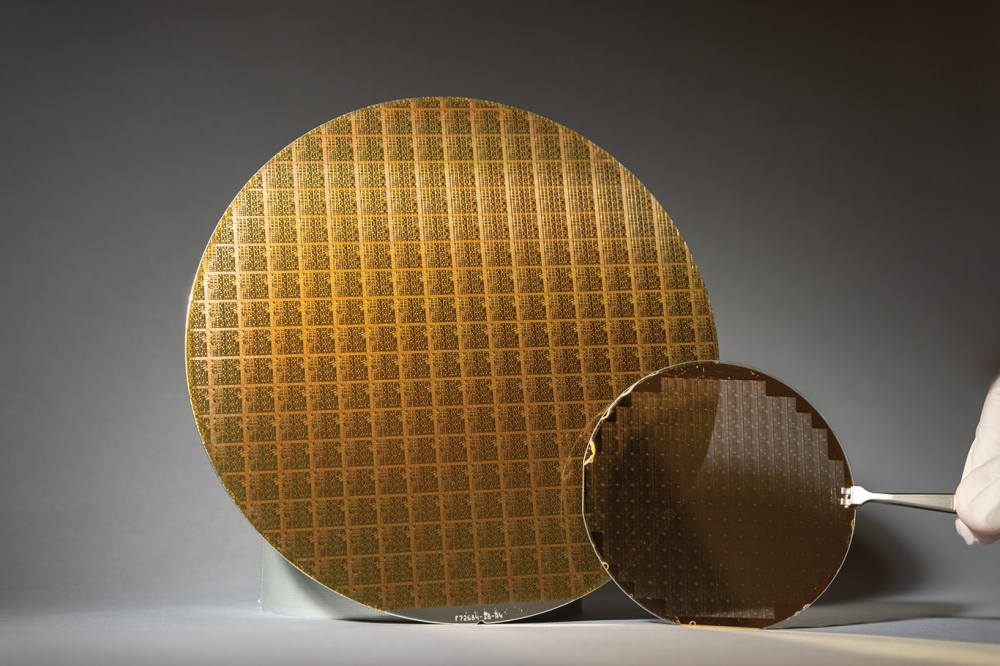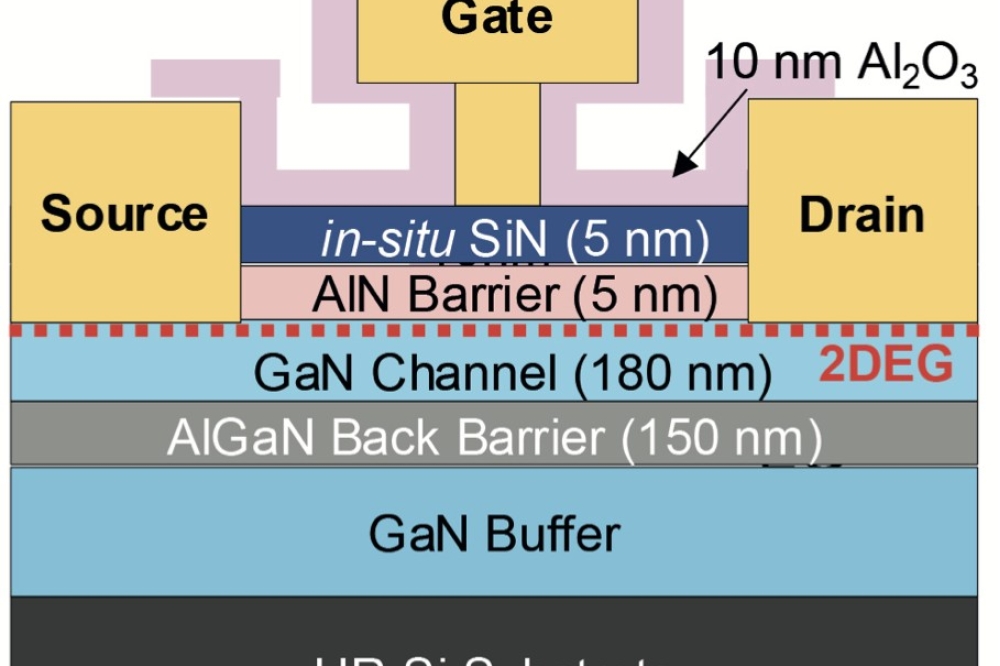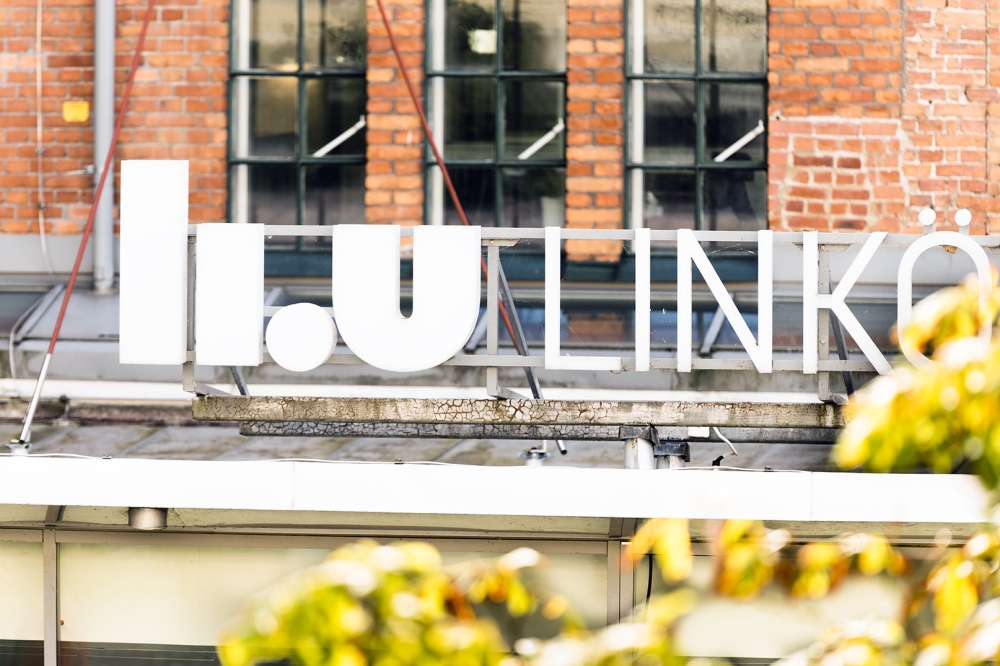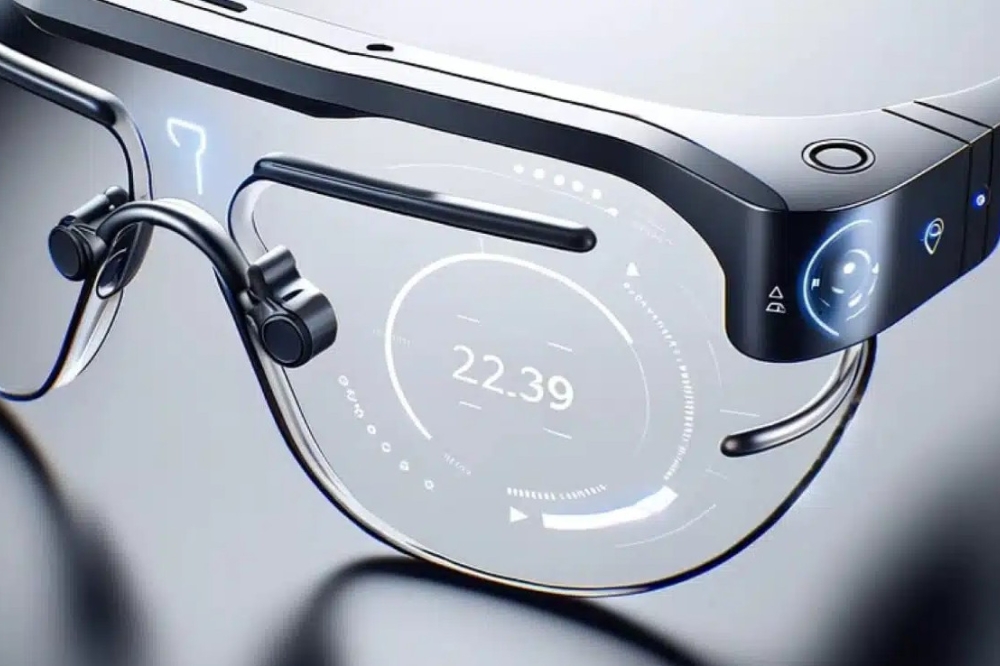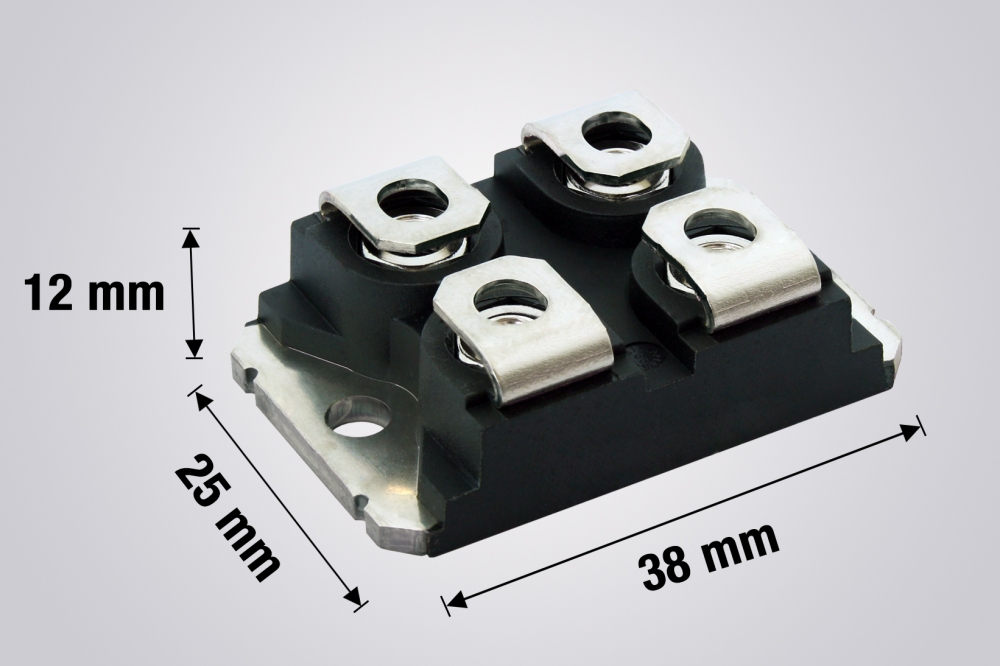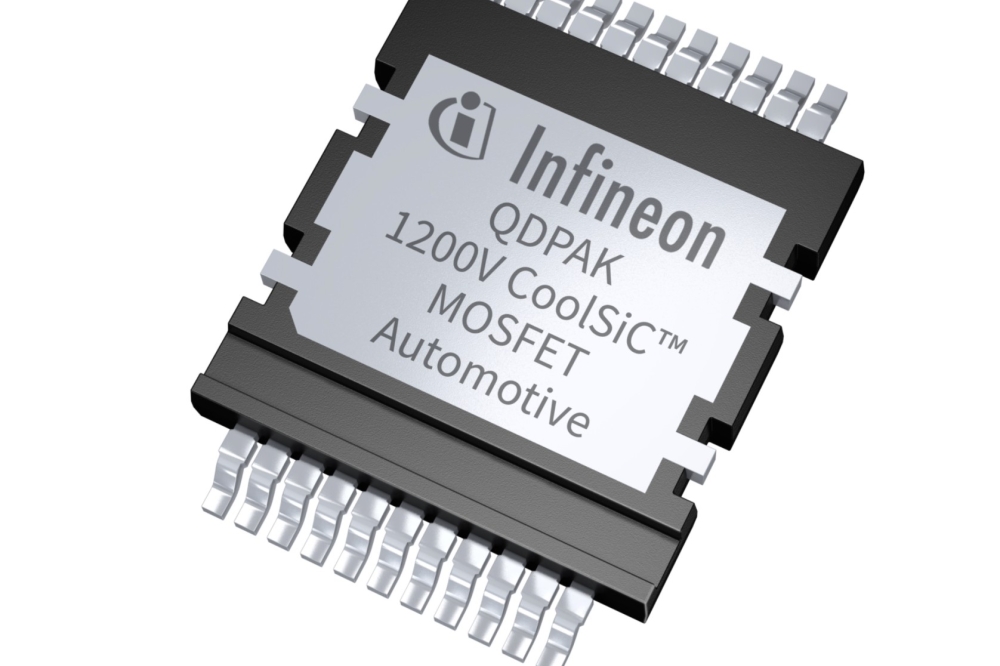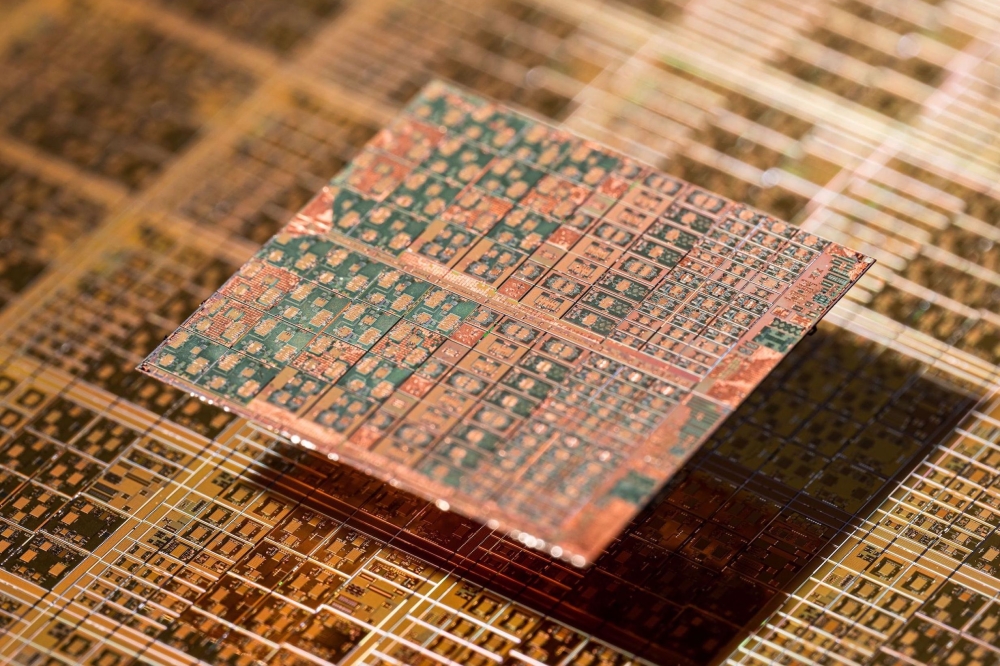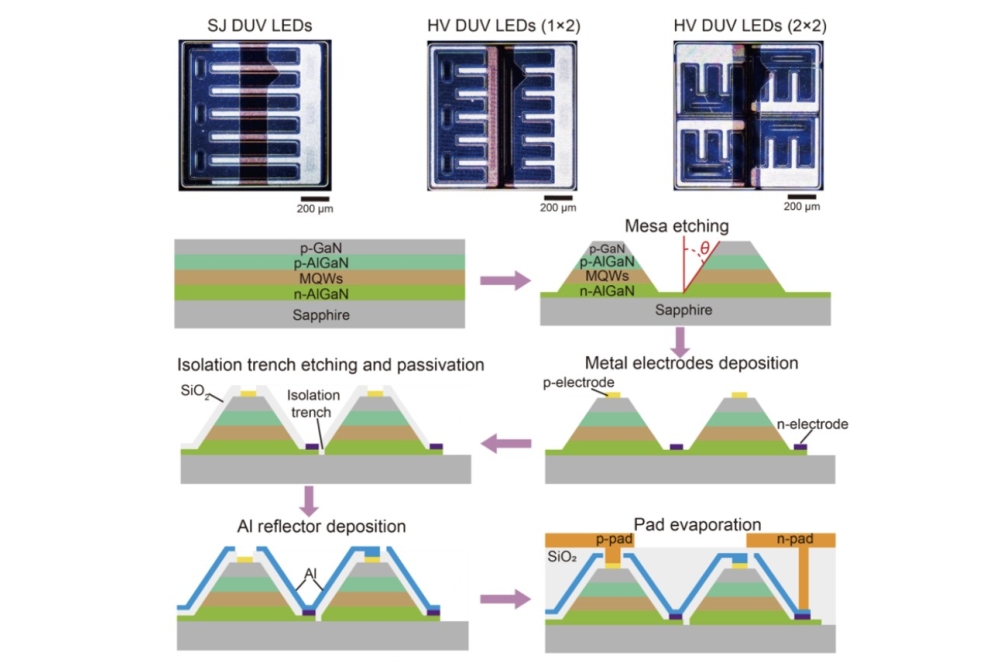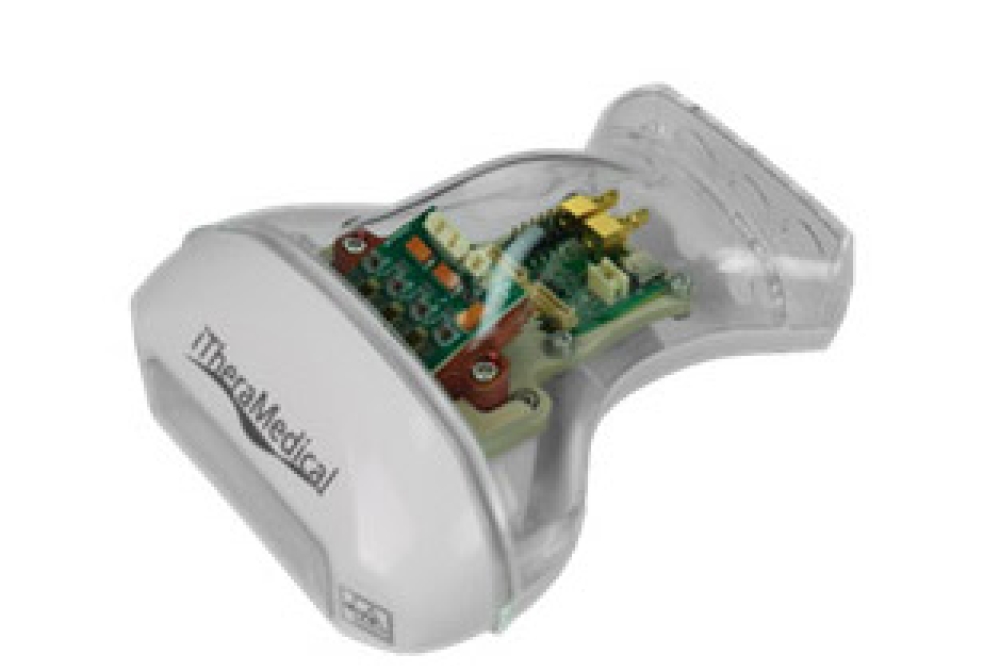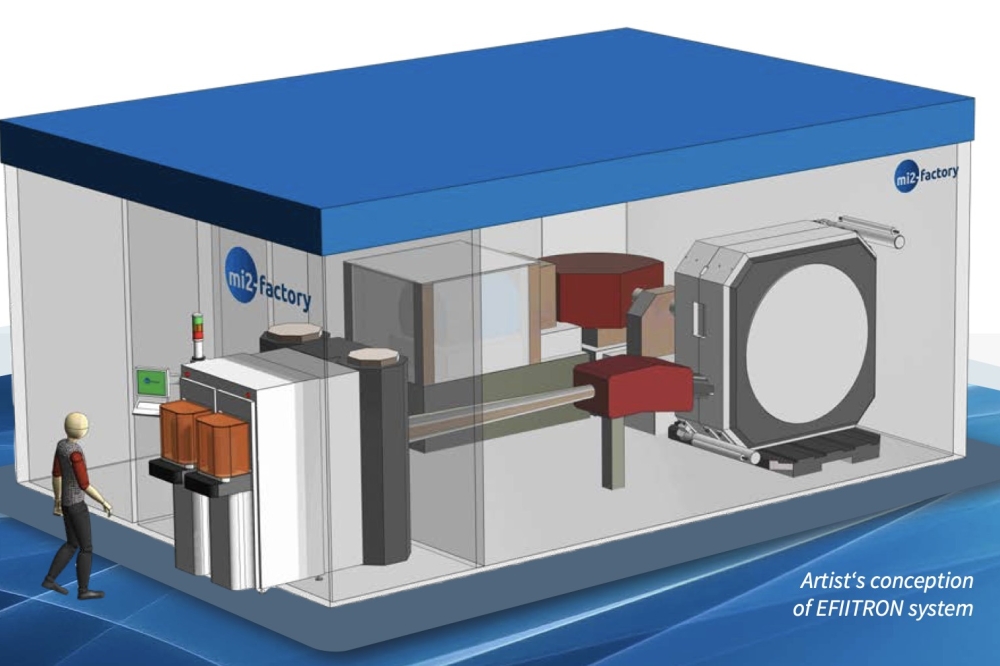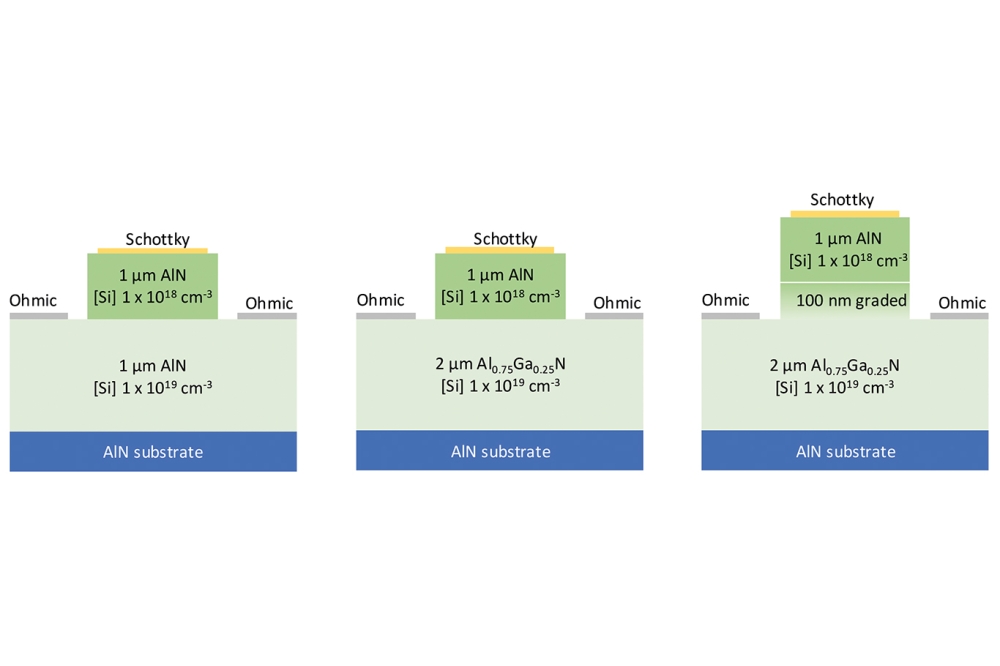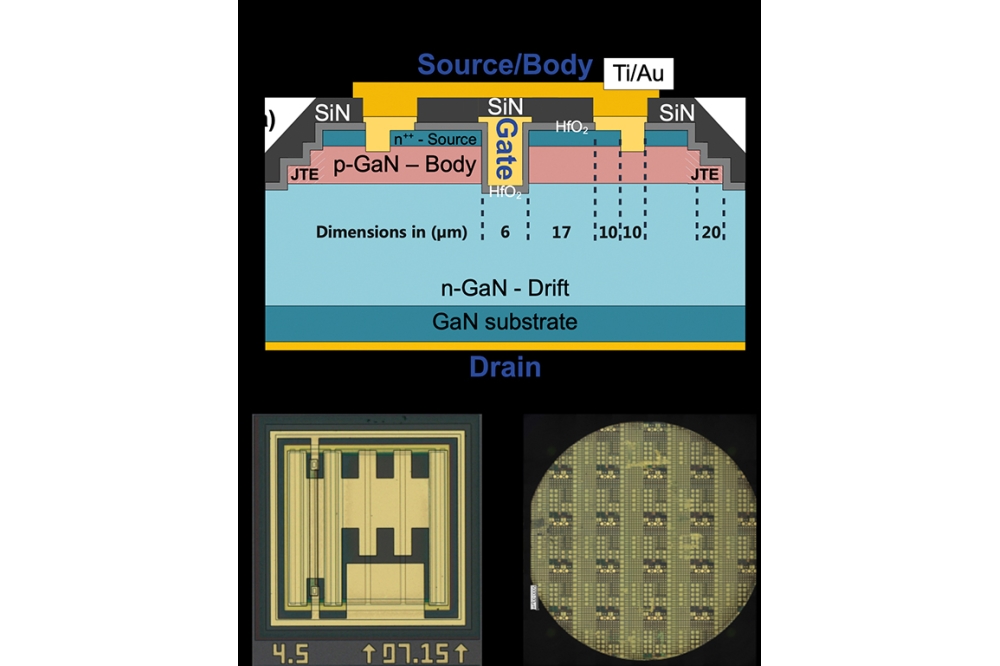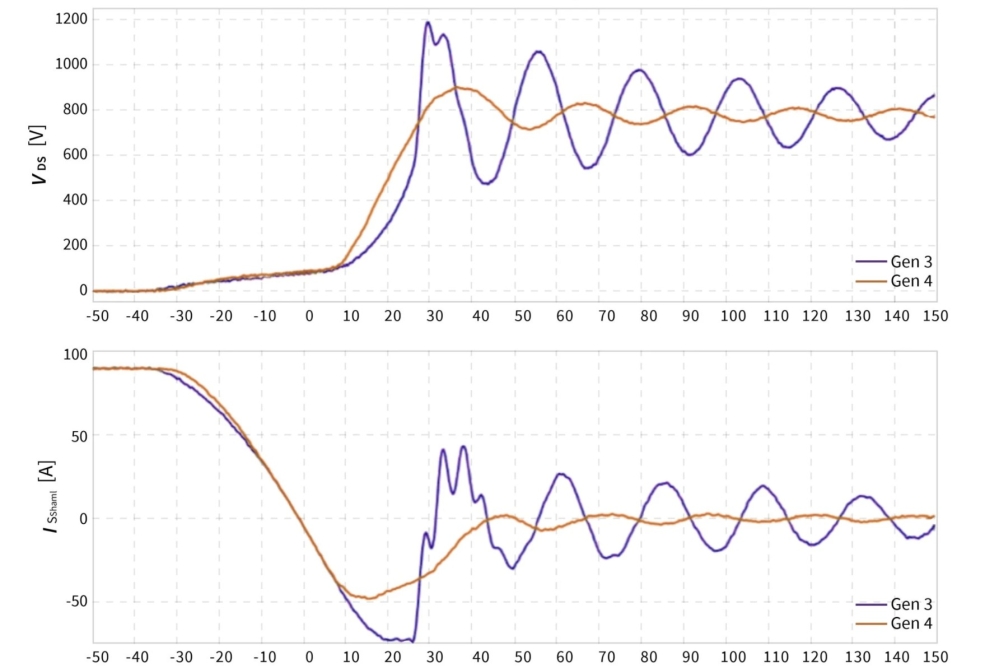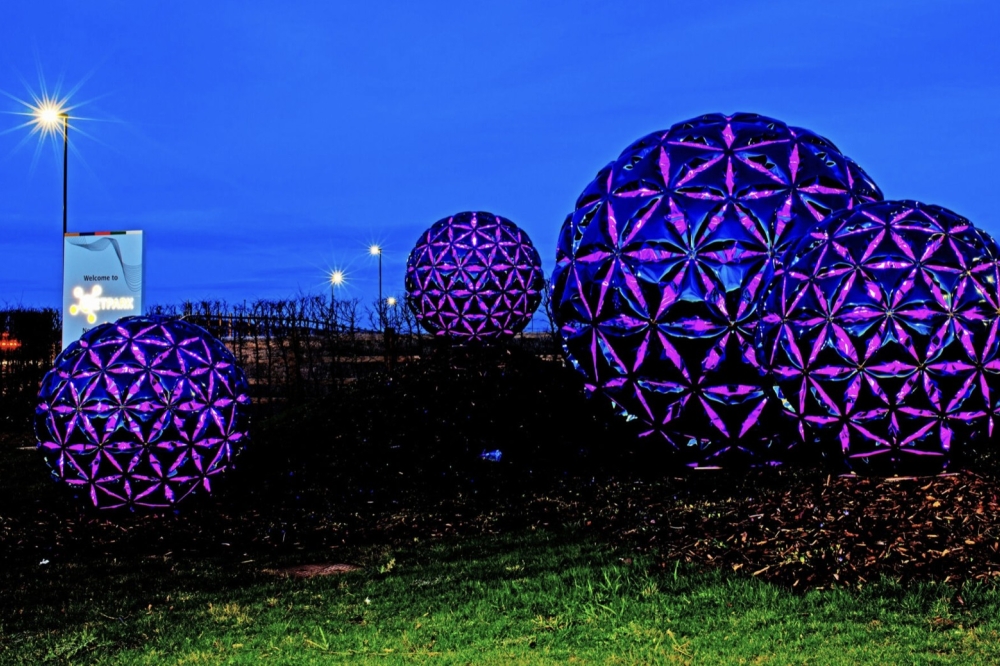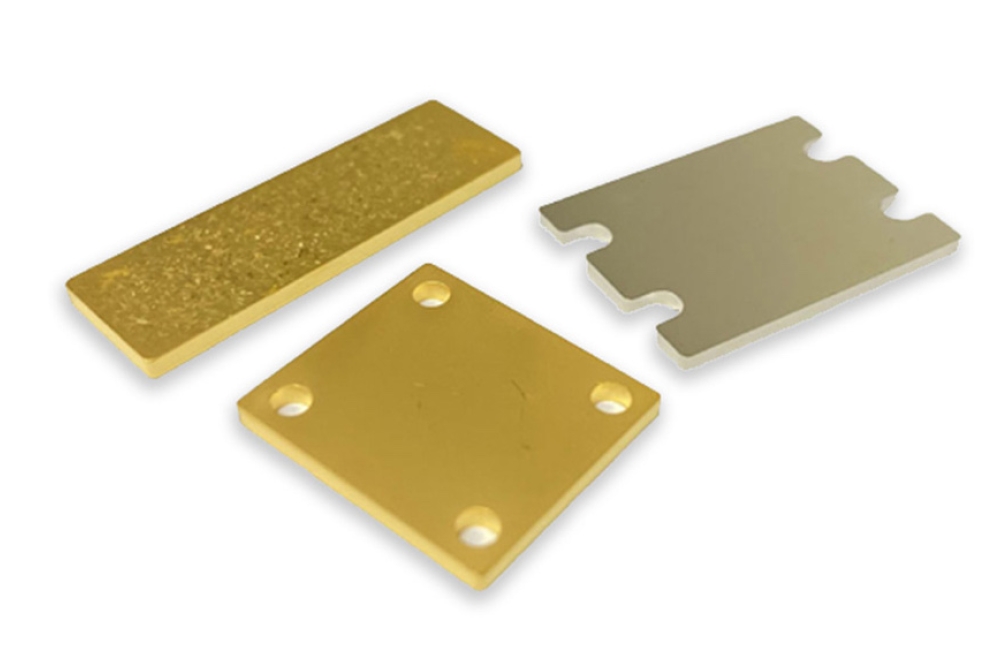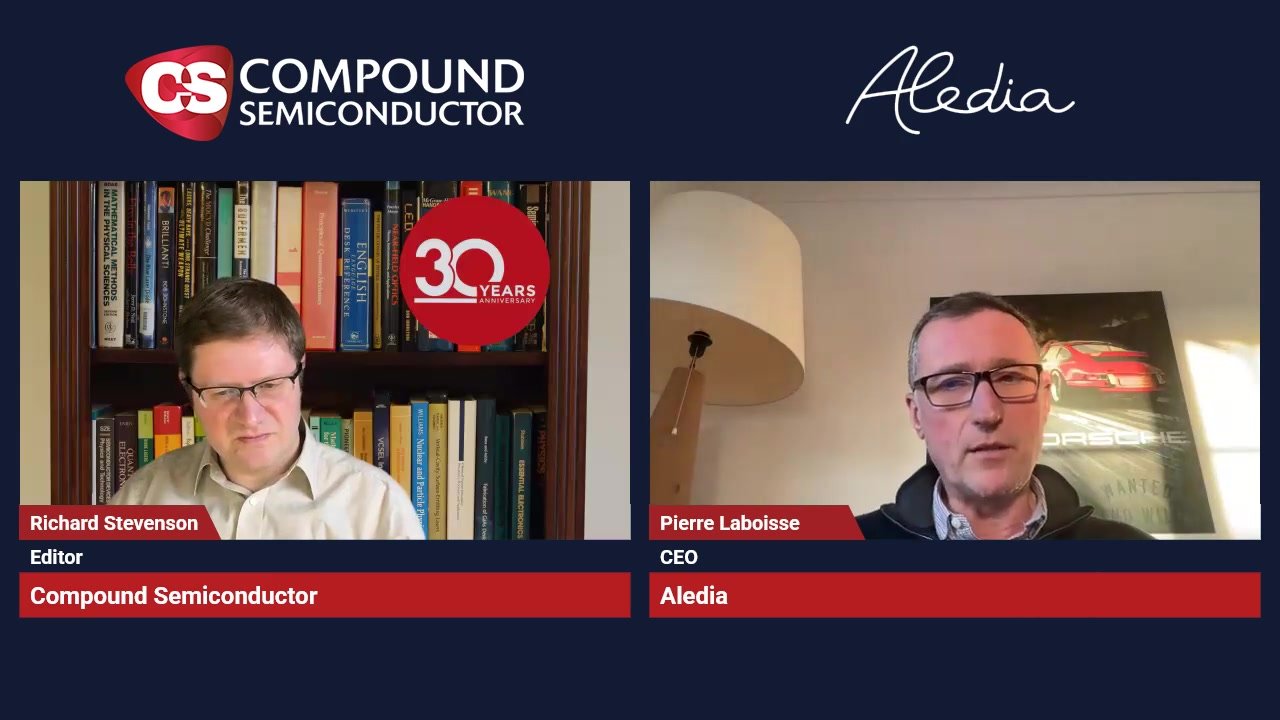Consumer-grade LED bulbs used for comms links

Researchers at Disney Research and ETH Zurich have demonstrated that consumer-grade light-emitting diode (LED) bulbs can, with some modifications, do double duty both illuminating a room and providing a communications link for devices in that room.
This visible light communication (VLC) system would be suitable for connecting the many devices, such as appliances, wearable devices, sensors, toys and utilities, that could comprise the Internet of Things, or IoT, said Stefan Schmid, a PhD student at Disney Research and ETH Zurich. He worked on the project with Thomas Richner of Disney Research and ETH Zurich; Thomas R. Gross of ETH Zurich and Stefan Mangold, a former Disney Research scientist now with Lovefield Wireless of Berne, Switzerland.
By having individual LEDs alternate between sending modulated light signals and serving as receivers of signals, it is possible to create a network of bulbs that can send messages to each other and connect to devices, while having no discernible effect on room lighting.
Schmid and his colleagues are sharing details of the system they designed, called EnLighting, at the IEEE International Conference on Sensing, Communication and Networking (SECON) 2016 in London this week.
"Interconnecting appliances, sensors and a wide variety of devices into the Internet of Things has many potential benefits, but using radio links to do so threatens to make the radio spectrum an even scarcer resource," said Markus Gross, vice president at Disney Research. "Visible light communication networks conserve the radio spectrum, while also making it difficult to eavesdrop for anyone out of line of sight of the network."
"LED light bulbs mounted on the ceiling or in free-standing floor lamps easily cover a room, serving as illumination while at the same time creating a room-area network that allows data exchange between light-emitting devices," he said. Even if the bulb is not needed for lighting and is switched off, it can still serve as a receiver of signals from those devices, he added.
"We used commercially available, off-the-shelf LED light bulbs as our starting point," Schmid said. "They are readily available at low cost and can be used in any lamp with standard sockets. This leads to an easy-to-setup and flexible testbed that can be readily duplicated." The bulbs were modified, however. A System-on-a-Chip, or SoC, running an embedded version of Linux was added to each bulb, as well as photodiodes to enhance sensing of incoming signals and an additional power supply for the added electronics.
The researchers deployed four such bulbs for their proof-of-concept system. They showed that their system architecture and protocols enabled the bulbs to create stable networks that could support the low bandwidth applications typical of most IoT devices. They also showed it was possible to use the system to estimate the position of devices in the room, an example of the additional applications that the system could support.

